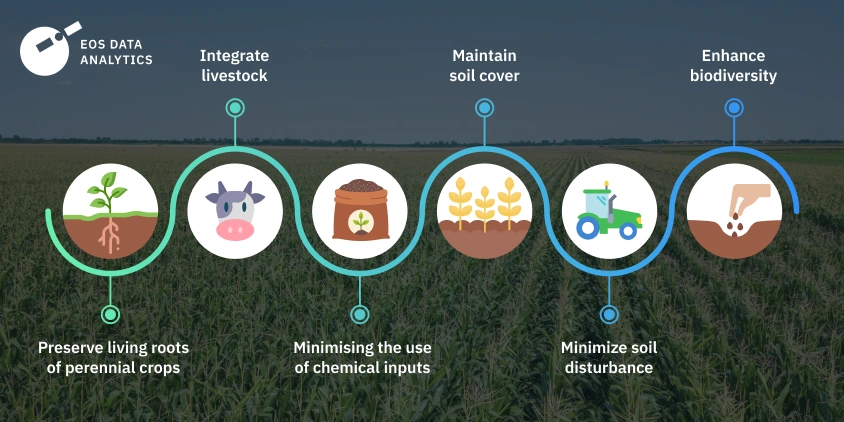The Psychology of Taste: How Flavours Influence Buying Decisions
- Digital Marketing
- Jun 11
- 4 min read
Ever wondered why a certain flavour makes you crave more or why you reach for a particular snack when you’re feeling low? It’s not just about hunger—it’s psychology at play. Our perception of taste and flavour plays a powerful role in shaping our buying decisions, often without us even realizing it. In today's marketing-driven world, companies are investing heavily in flavour psychology to boost sales and customer loyalty. Let’s explore how taste impacts consumer behaviour and buying habits.

Understanding the Science of Taste
To grasp the psychology behind taste, it’s important to know the difference between taste and flavour. Taste refers to the five basic sensations detected by our taste buds—sweet, salty, sour, bitter, and umami. Flavour, on the other hand, is a combination of taste, smell, texture, temperature, and even sound (think of the crunch of a chip).
These sensory experiences combine in our brain to influence how we feel about a product. Flavour memory, the emotional connection we form with certain flavours based on past experiences, plays a big role in whether we buy a product again.
How Flavour Shapes Emotions and Preferences
Flavours have emotional power. For instance:
Sweet flavours are often linked to comfort and reward. They remind us of birthdays, desserts, and joyful moments.
Salty flavours provide satisfaction and are associated with social snacking and indulgence.
Sour flavours bring excitement or freshness, often used in products marketed as energizing or refreshing.
Bitter flavours, though less preferred, are connected to sophistication and wellness, found in dark chocolates, coffee, and herbal teas.
Umami, the savoury taste, adds depth and is commonly used in protein-rich or gourmet products.
These emotional connections help brands craft flavours that trigger positive associations. The more a flavour evokes a pleasant memory or feeling, the more likely we are to repurchase the product.
Flavours and Marketing Psychology
The psychology of taste is deeply tied to branding and product positioning. For example, a snack brand targeting millennials may opt for adventurous or spicy flavours, while a wellness brand may emphasize clean, herbal, or natural tastes.
Here’s how brands use flavours strategically:
Targeted flavour development Companies often test different flavour profiles with focus groups to understand which taste combinations best align with their brand identity and target audience.
Seasonal and limited-edition flavours These create urgency and tap into emotional experiences—like pumpkin spice during fall or mango in summer—leading to a spike in sales.
Cultural relevance Regional tastes matter. A product flavour that sells in India (like masala) may not work in the US, where ranch or barbecue may be more popular.
Product packaging and language Describing a flavour as “velvety chocolate” or “zesty lime” creates a mental image and expectation. Language enhances the psychological experience even before tasting.
How Taste Influences Impulse Buying
Impulse buying is often driven by emotional responses—and flavour plays a key role. Supermarkets and cafés strategically place aromatic products (like fresh bread, coffee, or snacks) near entrances to stimulate the appetite and encourage spontaneous purchases.
Even food sampling influences taste psychology. When a shopper tastes a new flavour and enjoys it, they’re more likely to buy—not just because it tastes good, but because they’ve already invested in the experience.
The Role of Nostalgia and Familiarity
Nostalgia is a powerful marketing tool. Flavours from childhood or traditional family meals can trigger strong emotional responses, encouraging customers to choose familiar tastes over newer ones.
That’s why comfort food remains a top-selling category—think buttery popcorn, cheesy snacks, or chocolate chip cookies. The emotional safety tied to these flavours makes them hard to resist.
Taste and Brand Loyalty
A consistent and enjoyable taste experience builds brand loyalty. If a customer loves the unique seasoning of a particular chip brand, they’re likely to return for the same flavour rather than risk an unknown alternative. Consistency in flavour builds trust, and trust leads to repeat purchases.
Brands like Coca-Cola or Lays have maintained specific flavour profiles for decades. Changing a flavour (even slightly) can cause backlash because consumers associate it with personal memories and expectations.
Innovations and Emerging Trends
Modern consumers seek multi-sensory experiences, and taste is evolving alongside health trends and culinary experimentation. The rise of plant-based foods, exotic flavours, and low-sugar alternatives reflects a changing market.
Flavour fusions—like chilli mango or sea salt caramel—play on contrast and curiosity, appealing to consumers looking for novelty. Gen Z, in particular, shows interest in bold and experimental flavour profiles, pushing brands to innovate constantly.
Conclusion
Flavour is more than just a taste—it’s an emotional journey that can lead directly to the checkout counter. From creating nostalgia to sparking curiosity, flavours tap into deep-seated psychological responses that shape our preferences, buying habits, and brand loyalties.
Understanding the psychology of taste gives brands a powerful tool to connect with their audience and influence decision-making. And for consumers, it’s a reminder that what we crave is often as emotional as it is biological.
Want to sell more through flavour marketing?
Understand your audience’s flavour preferences, align them with your brand values, and create an unforgettable sensory experience. Taste, after all, is the fastest way to the heart—and the wallet.








Comments